

Nikon AF-S 70-200mm f/2.8G VR - The High Tech Lens
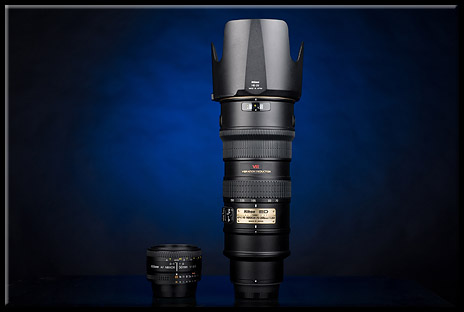
|
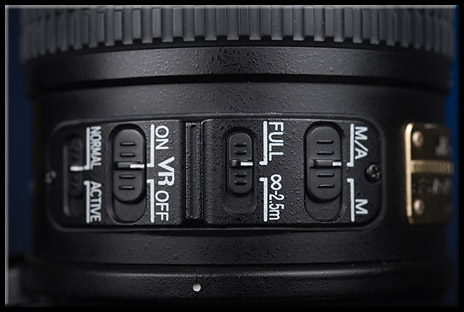
|
| Nikon AF 50mm f/1.8D & Nikon AF-S 70-200mm f/2.8G VR | Nikon AF-S 70-200mm f/2.8G VR close-up |
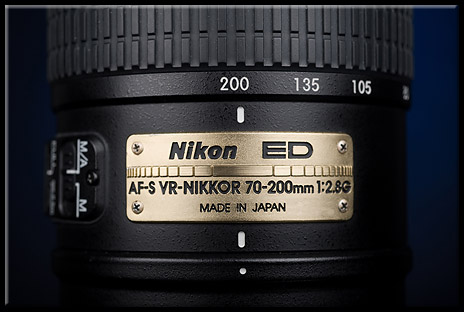
|
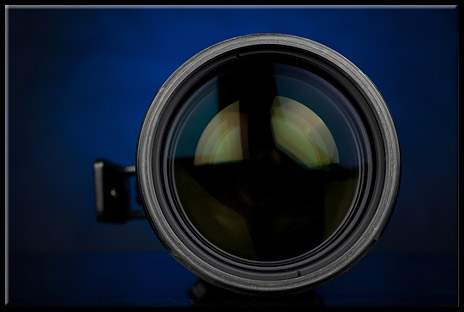
|
| Nikon AF-S 70-200mm f/2.8G VR close-up (serial removed) |
Nikon AF-S 70-200mm f/2.8G VR (front view) |
|
Lens data for the Nikon AF-S 70-200 mm f/2.8G VR:
Lens construction: 21 elements in 15 groups (5 ED lens elements) Closest focusing: 1.5 m / 5 ft (and 1.4 m / 4.7 ft with manual focus) For DX sensors: full frame equivalent: 105 - 300 mm Filter: 77 mm Hood: HB-29 (provided) Dimensions: 3.4 x 8.5 in Weight: 49.2 oz. (51.9 oz. with tripod mounting foot) Appearance: 2003 Performance on cameras with DX-sized sensors: This is the most awesome Nikon lens I've ever used on a DX camera. It is extremely sharp, has great contrast and shows almost no color fringing down to f/2.8. There are several professional Nikon lenses in that focal range. I have used a Nikon 80-200mm f/2.8D two-touch lens for quite some time and I have never regretted moving to the new lens. There are several advantages with the 70-200mm lens which shouldn't be underestimated: Better image quality when used wide open at f/2.8, extended focal range (having 70mm instead of 80mm does make a difference, especially on a digital SLR camera with 1.5 crop factor), AF-S (the AF-S makes the focusing quite a bit faster, and being able to manually override the autofocus or to hold focus is helpful) and vibration reduction (VR). The VR really works well, it enables the photographer to get decent pictures at 1/60s and below that. I leave it on (in "Normal" mode) almost all the time, even when the shutter speed is 1/500s. When VR is activated, a very quiet whirring noise can be heard. About 50% of the pictures with high shutter speed get better with VR which I consider a good ratio. For long shutter speeds between 1/60s and 1/8s I use the "Active" VR mode. However, for objects moving towards the camera or away from it, I suggest turning off the VR function completely (it can slow down AF operation). On the other hand, movements perpendicular to the line of sight don't seem to be a problem for VR. After using this lens for more than a year, the VR couldn't be turned off anymore so the lens needed service. Since the repair, it has worked flawlessly. Drawbacks of the Nikon AF-S 70-200mm f/2.8G VR are its size, weight and power consumption. This zoom lens is long and heavy. It almost doesn't fit into my large photo bag when attached to the camera. It's not the lens you have on when you want to be unconspicuous. And the lens consumes much more power than non-VR lenses (twice as much is a good estimate). So take extra batteries with you when using this lens. The Nikon AF-S 70-200mm f/2.8G VR is one of a few zoom lenses which beats prime lenses with similiar focal lengths at long distances and wide apertures. Have a look at the surprising comparisons of the 70-200mm lens with the Nikon AF 85mm f/1.4D lens here , the Nikon AF 105mm f/2 DC lens here and the Nikon AF 180mm f/2.8D lens here . Performance on a full frame camera (Nikon D3): There is vignetting with this lens on a full frame sensor throughout all apertures from f/2.8 to f/8. It's not just the typical light fall-off towards the edges but a general darkening of the whole image. It looks like a neutral density filter would sit in front of the lens. Vignetting seems to get stronger when closing the aperture down (with the exposure corrected accordingly). As with the other zoom lenses, vignetting is stronger at the long end (at 200mm). The Nikon AF-S 70-200mm f/2.8G VR shows stronger vignetting than I would have expected and it is bothersome in many situations. But when shooting RAW, it can be removed easily in most situations. Images taken with the Nikon AF-S 70-200mm f/2.8G VR show traces of softness over the whole frame when used at f/2.8 and 200mm focal length. With a bit of unsharp masking (50%, Radius 1) the softness can be removed and the images look sharp. Since depth of field is narrow at f/2.8 and 200mm focal length, the slight softness in the corners (which exists) doesn't show up in most situations. At f/5.6 and 200mm, most of the softness is gone and the images show good overall sharpness without any post-processing. The outermost corners are still a bit soft in photographic situations where corner sharpness matters. 80%-90% of my shots with the Nikon 70-200mm lens contain subject isolation (that's why I use an f/2.8 lens after all) with out-of-focus corners. Edge sharpness and overall sharpness are best around f/8 - f/11 at 200mm but edge sharpness never reaches perfection. Overall image sharpness is still very good at f/13 but already suffers due to diffraction effects (diffraction effects really get problematic at f/16). |
When zooming out from 200mm to 180mm, center
sharpness is very good even at f/2.8 while edge sharpness suffers a bit. As at 200mm, sharpness is best
around f/8 - f/11. Center sharpness at 180mm is about one stop better than at 200mm (e.g. images at
180mm f/2.8 are about as sharp as images at 200mm f/4 and so on). However, edge sharpness at 180mm focal
length doesn't get perfect neither (at any aperture). When zooming out to the widest setting (70mm),
images show decent sharpness at f/2.8 and good sharpness at f/4 in the center. Closing the aperture to
f/8-11 delivers the best image quality - now also with sharp corners.
Overall, the Nikon AF-S 70-200mm f/2.8G VR is a very valuable lens on the Nikon D3 and I don't hesitate to use it at f/2.8 (at any focal length) and get sharp images (in the worst case with a little post-processing). The weakest setting of this lens is 200mm f/2.8. Closing down to f/4-5.6 or zooming out to 180mm or less (at f/2.8) produces very good sharpness over a large part of the image. It's a zoom lens with over 20 optical elements so compromises are to be expected. Obviously, Nikon strongly believed in the DX format at the time of this lens' introduction. Otherwise, the vignetting and edge softness are difficult to understand with a lens of such importance. I often use this lens on the Nikon D3 for people shots at social events (70mm are rather wide with full frame!). This way, I get absolutely beautiful subject isolation with mind-blowing bokeh. With DX cameras I had to switch between three or four lenses all the time at social events (17-35mm, 28-70mm, 85mm, sometimes 70-200mm). With the Nikon D3 I only use two or three (24-70mm, 70-200mm, sometimes 85mm). When Nikon introduces a new version of the Nikon AF-S 70-200mm f/2.8G VR in one or two years, I will consider it but until then I will happily use the hightechlens. For a closer look at the performance of the Nikon AF-S 70-200mm f/2.8G VR lens on the Nikon D3 full frame camera click here . Rating for the Nikon AF-S 70-200 mm f/2.8G VR lens (Maximum: 5, Minimum: 1): Image quality wide open: 4-4.5 Overall image quality: 5 "Bokeh": 4.5-5 Build quality: 5 Lens construction for the Nikon AF-S 70-200 mm f/2.8G VR: 
Yellow: ED glass Image © 2008 Nikon Corporation (source) External reviews (Nikon AF-S 70-200 mm f/2.8G VR I&II) dpreview.com (AF-S I on FX/DX) (cache: 1 2 3 4 5 6 7 ) naturfotograf.com (AF-S I on FX/DX) (cache: 1 2 3 4 5 6 7 8 ) graysofwestminster.co.uk (AF-S I) (cache: 1 ) bayimages.net (AF-S I) (cache: 1 ) photodo.com (AF-S I) (cache: 1 ) imagepower.de (AF-S I on DX/FX) (cache: 1 ) bythom.com (AF-S I) (cache: 1 ) photozone.de (AF-S I on DX) (cache: 1 2 3 ) photozone.de (AF-S I on FX) (cache: 1 2 3 ) olegnovikov.com (AF-S I) (cache: 1 2 ) digital-images.net (AF-S I) (cache: 1 ) dpreview.com (AF-S II on FX/DX) (cache: 1 2 3 4 5 6 7 8 ) slrgear.com (AF-S II on FX/DX) (cache: 1 ) bythom.com (AF-S II on FX/DX) (cache: 1 ) naturalart.ca (AF-S II & note on TCIII) (cache: 1 2 ) gregrphoto.com (AF-S II vs. AF-S I) (cache: 1 ) mansurovs.com (AF-S II) (cache: 1 ) nikonistas.com (AF-S II; Spanish) (cache: 1 ) kenrockwell.com (AF-S II) (cache: 1 ) *) Contact me if you know interesting reviews not listed here. The cache numbers in parenthesis next to the links lead to cached pdf files (just in case the original links don't work anymore). The files usually only represent parts of the original contents from March 2010. |
Some images taken with this lens
(Sensor: DX format):

|
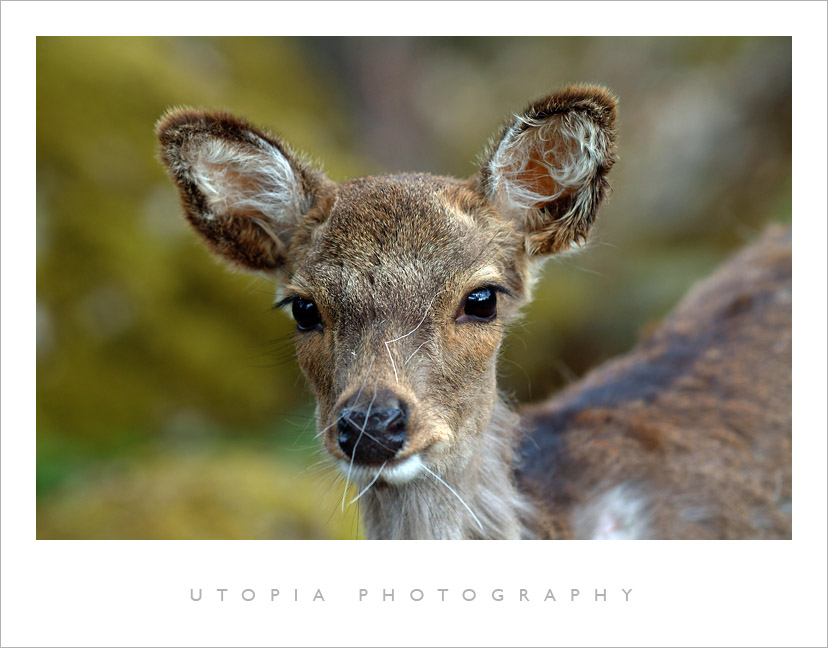
|
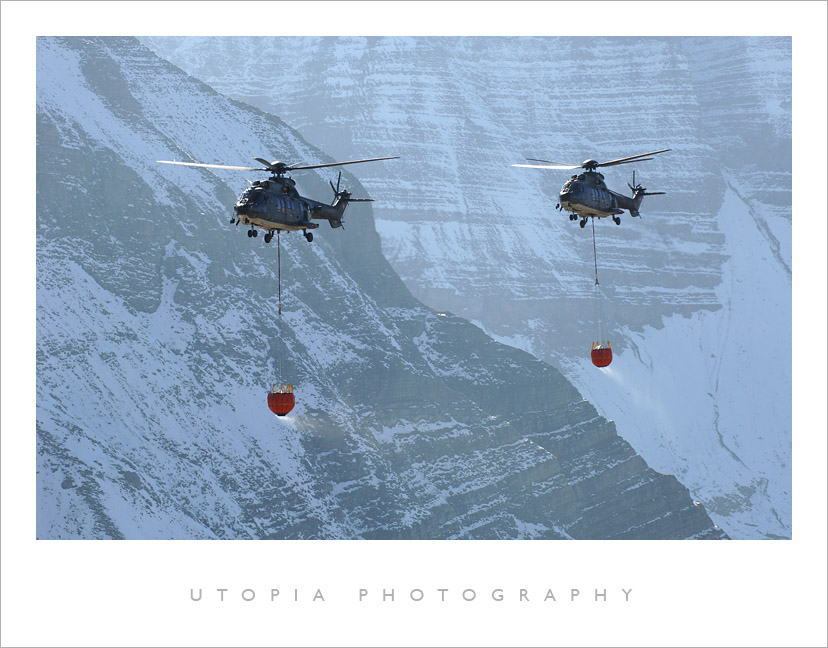
|
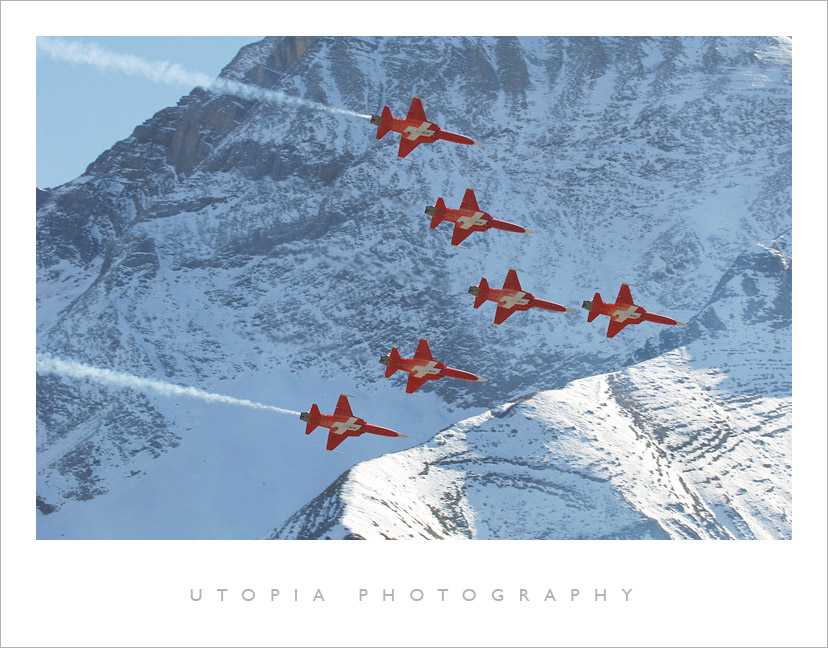
|
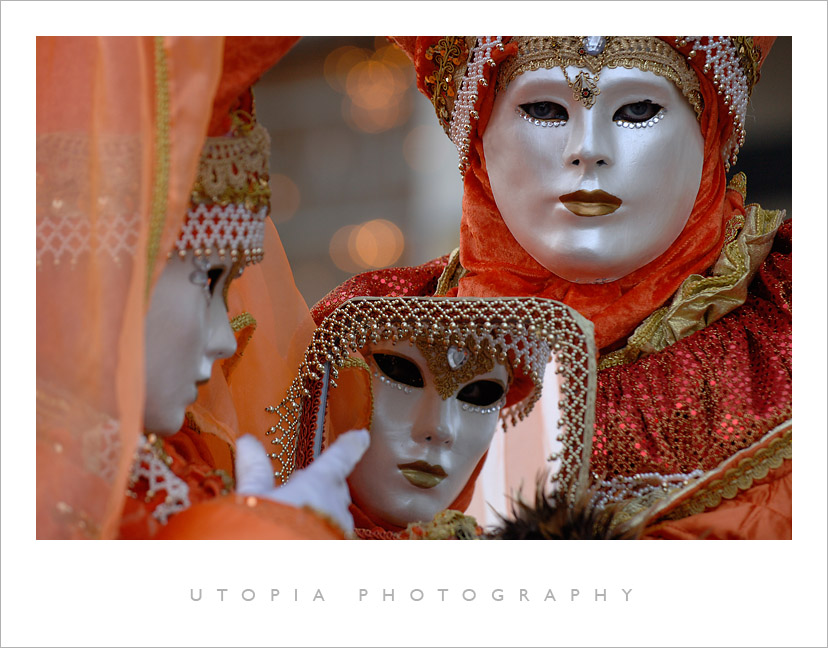
|
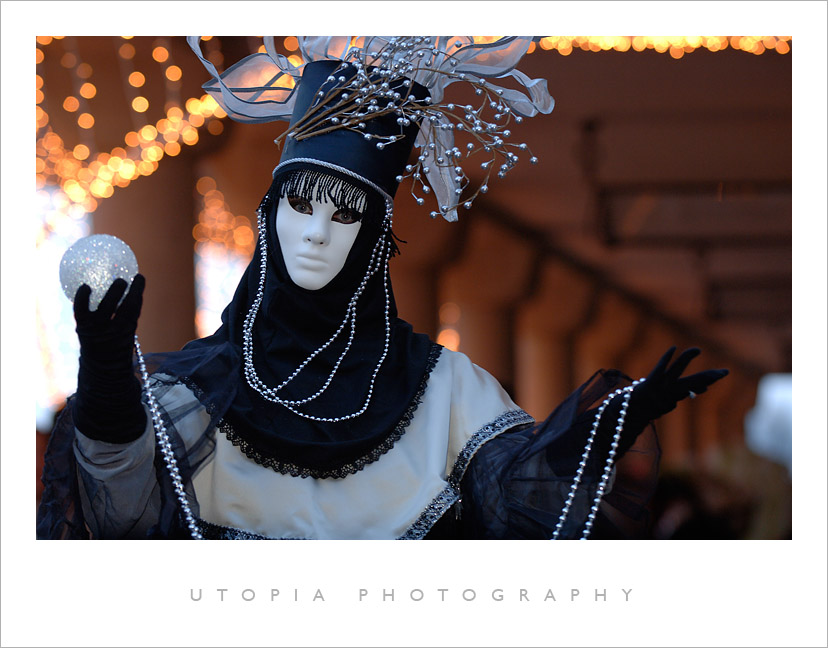
|
Some images taken with this lens
(Sensor: FX format):

|

|

|

|

|

|